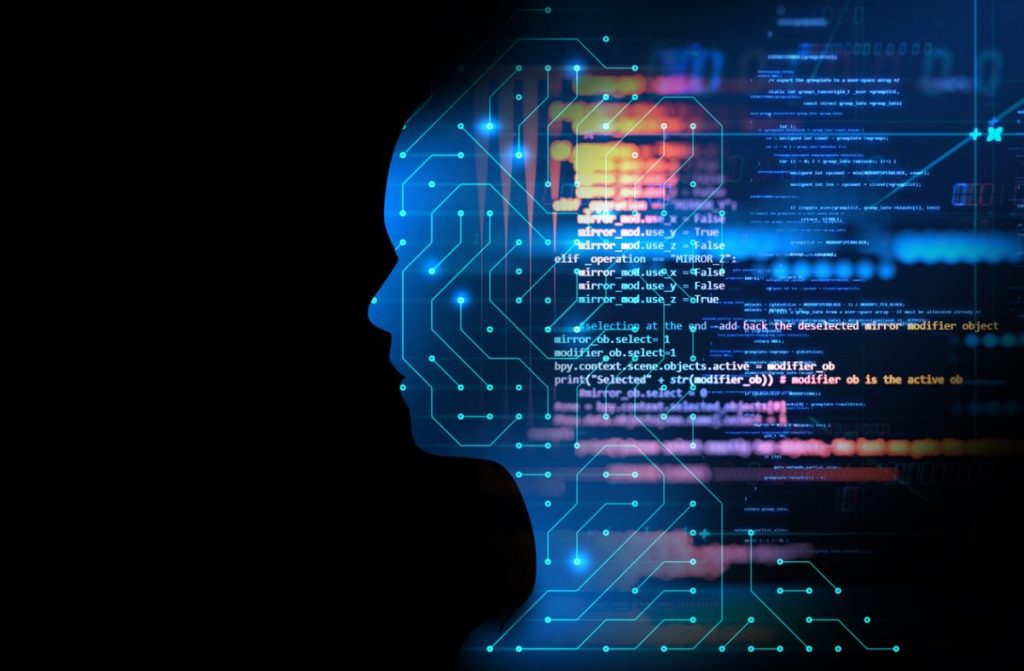Redefining Connectivity Next-Gen Database Software Development Strategies
In the rapidly evolving landscape of database software development, the concept of connectivity is undergoing a profound redefinition. The next generation of database software is poised to revolutionize the way we store, manage, and access data, addressing the escalating demands for speed, scalability, and flexibility. One of the key strategies driving this transformation is the shift towards decentralized databases and distributed ledger technologies. Traditional relational databases are being challenged by the limitations they pose in terms of scalability and resilience. In response, developers are increasingly exploring decentralized models that distribute data across multiple nodes, ensuring a more resilient and fault-tolerant infrastructure. This paradigm shift is not only redefining the connectivity within databases but also shaping the broader landscape of data management. Another pivotal aspect of next-gen database software development is the emphasis on real-time processing and analytics.

As organizations grapple with massive volumes of data generated at unprecedented rates, the need for instantaneous insights has become paramount. Modern databases are being designed to facilitate real-time data processing, enabling businesses to make informed decisions in the blink of an eye. This shift towards real-time capabilities is particularly evident in industries such as finance, healthcare, and e-commerce, where split-second decisions can have significant implications. The integration of in-memory computing and advanced caching mechanisms further enhances the speed of data retrieval and analysis, paving the way for a new era of responsive and agile database systems. Moreover, the advent of edge computing is reshaping connectivity strategies in database development. Traditional centralized databases face challenges in delivering low-latency access to data for applications deployed at the network edge. To address this, developers are exploring edge-native database solutions that bring data storage and processing closer to the source of data generation. This not only reduces latency but also enhances the overall efficiency of edge applications, making them more responsive and reliable. Edge-native databases are becoming integral to the architecture of IoT Internet of Things systems, ensuring seamless connectivity and real-time data processing at the edge of the network.
Furthermore, the rise of containerization and microservices architectures is influencing how databases are developed and deployed. Containers offer a lightweight and portable solution for packaging and deploying applications, enabling developers to create modular and scalable database systems. Microservices architecture complements this by breaking down complex monolithic databases into smaller, visit site independently deployable services. This modularity enhances flexibility, scalability, and ease of maintenance. The combination of containerization and microservices is transforming the way databases are managed, fostering a more agile and scalable development process. In conclusion, the redefinition of connectivity in next-gen database software development is driven by a confluence of factors, including the adoption of decentralized models, real-time processing capabilities, edge computing, and the embrace of containerization and microservices. As organizations strive to cope with the ever-expanding volume and velocity of data, these strategies are not merely trends but essential evolutionary steps towards a more resilient, responsive, and scalable database ecosystem.